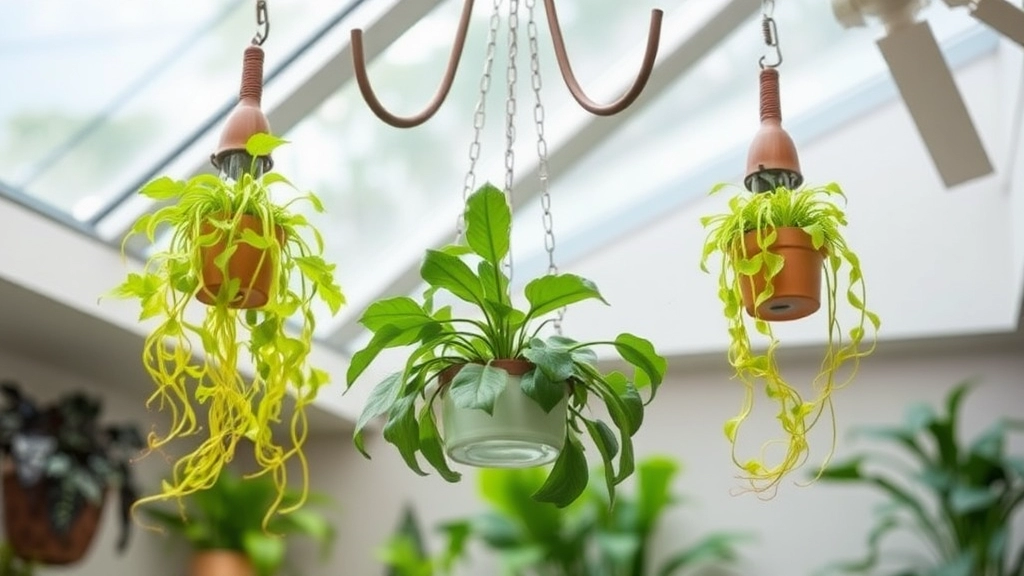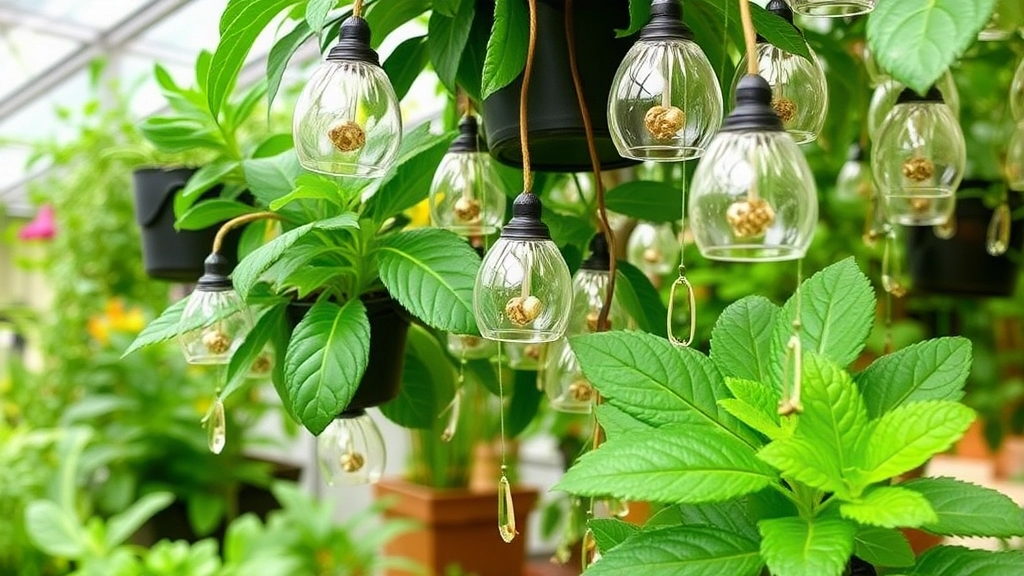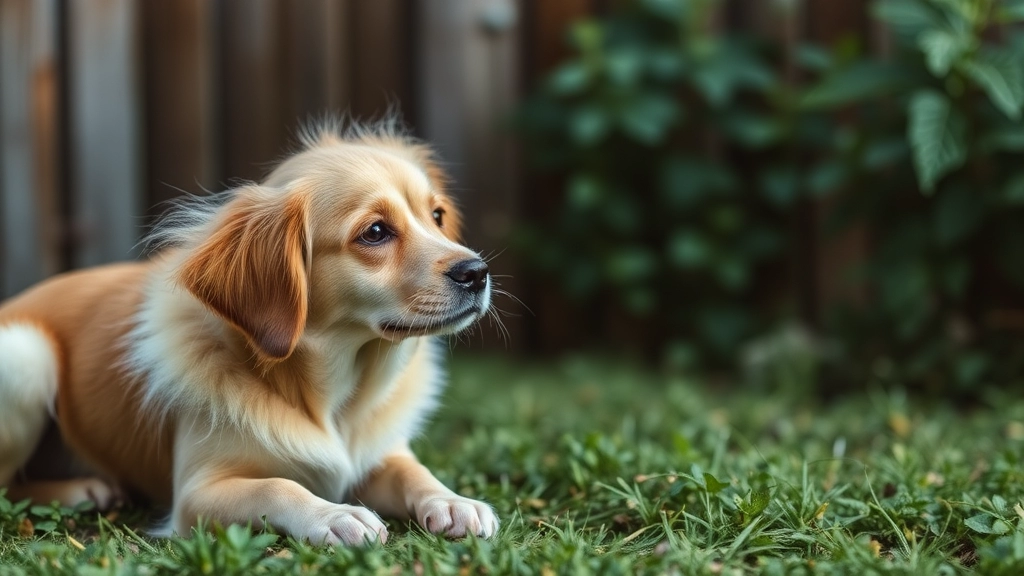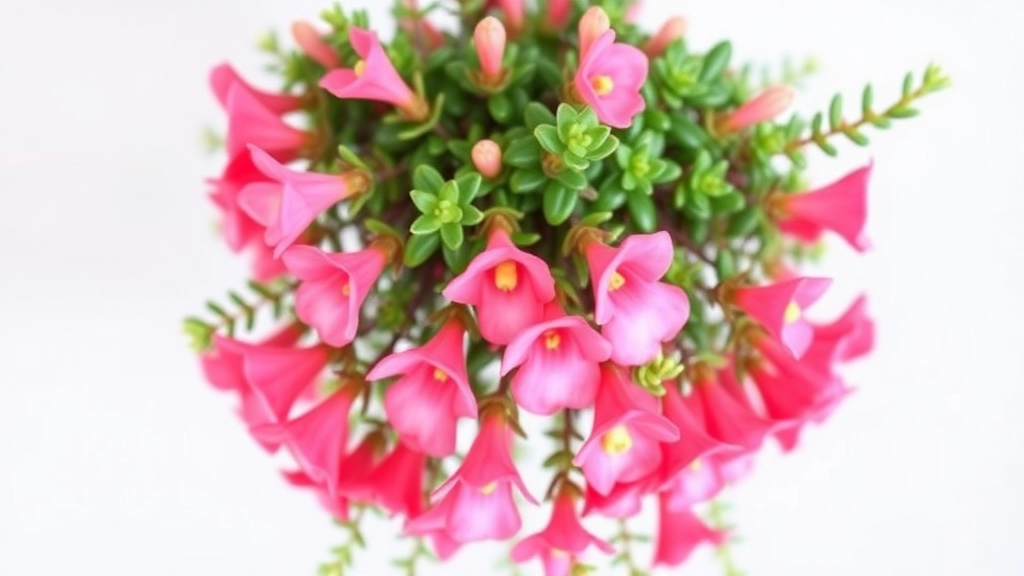The Chandelier Plant
The Chandelier Plant, also known as Kalanchoe Tubiflora or the “Mother of Millions,” is a fascinating succulent that captures attention with its unique self-propagating plantlets and cylindrical leaves. If you’re looking to add this resilient plant to your collection, understanding its care requirements is essential for thriving growth both indoors and outdoors.
Light and Temperature
When it comes to light and temperature, the Chandelier Plant prefers bright, indirect sunlight and can tolerate a range of temperatures, making it a versatile addition to any home or garden.
Watering Requirements
Proper watering is crucial; overwatering can lead to root rot, while underwatering may cause the plant to wilt. Using well-draining soil can help prevent these issues and promote healthy growth.
Overview of Kalanchoe Tubiflora’s Unique Features
Are you curious about what makes Kalanchoe Tubiflora, commonly known as the Chandelier Plant or Mother of Millions, stand out among houseplants?
This remarkable succulent boasts a few unique features that capture the attention of both novice and seasoned plant enthusiasts.
Distinctive Characteristics
- Leaf Structure: The leaves of Kalanchoe Tubiflora are thick, fleshy, and often have a striking green hue, making them visually appealing.
- Reproductive Strategy: One of its most fascinating traits is its ability to produce tiny plantlets along the edges of its leaves. These can fall off and root in the soil, leading to rapid propagation.
- Growth Habit: This plant typically grows upright and can reach heights of up to 1 meter, creating a stunning focal point in any space.
Adaptability
Kalanchoe Tubiflora is not just a pretty face; it’s also incredibly adaptable.
- Drought Tolerance: This succulent thrives in arid conditions, making it perfect for those who may forget to water regularly.
- Versatile Placement: Whether indoors or outdoors, it can flourish in a variety of settings, given the right care. For more tips on how to grow Kalanchoe plants effectively, check out this complete guide to growing Kalanchoe Pinnata.
If you’re interested in expanding your succulent collection, you might also want to explore the top Kalanchoe succulent varieties and care tips.
Best Light and Temperature Conditions for Chandelier Plants

So, you’ve got your Kalanchoe Tubiflora, also known as the Chandelier Plant, and you’re wondering about the best light and temperature conditions to keep it thriving.
First off, let’s talk about light.
Light Requirements
Kalanchoe Tubiflora loves bright, indirect sunlight. Here’s how to make sure your plant gets the right amount:
- Bright, Indirect Sunlight: Place it near a window where it can soak up the light without being scorched.
- Avoid Direct Sun: Too much direct sunlight can lead to leaf burn. If you notice crispy edges, it’s a sign to move it back a bit.
- Low Light Tolerance: While it prefers bright light, it can tolerate low light for short periods. Just don’t make it a habit!
Temperature Preferences
Now, let’s chat about temperature.
- Ideal Range: Kalanchoe Tubiflora thrives in temperatures between 18°C to 24°C (65°F to 75°F).
- Avoid Extremes: Keep it away from cold drafts or heat sources like radiators. Sudden temperature changes can stress the plant.
- Winter Care: If you live in a colder climate, bring your plant indoors during winter months to protect it from frost.
Watering Requirements and Common Issues
When caring for Kalanchoe Tubiflora, or Chandelier Plants, one of the most pressing questions is: how much water do they really need? Overwatering and underwatering are common issues that can lead to stress or even death of the plant.
Soil Preferences for Optimal Growth

When nurturing your Kalanchoe Tubiflora, the right soil can make all the difference.
Many plant enthusiasts often wonder: “What type of soil is best for my Chandelier Plant?”
The answer lies in a well-draining mix that supports its growth while preventing root rot.
Ideal Soil Composition
- Cactus Mix:
- A pre-made cactus or succulent mix is often perfect.
- These mixes are designed to drain excess water efficiently.
- DIY Soil Mix:
- Combine equal parts of potting soil, sand, and perlite.
- This homemade blend ensures aeration and drainage.
- pH Level:
- Aim for a slightly acidic to neutral pH (around 6.0 to 7.0).
- This range allows for optimal nutrient absorption.
Tips for Soil Maintenance
- Repotting:
- Change the soil every 1-2 years to refresh nutrients.
- Drainage:
- Ensure pots have drainage holes to prevent water accumulation.
- Mulching:
- A layer of gravel or small stones on top can help with moisture retention while still allowing for drainage.
How to Propagate Kalanchoe Tubiflora
After understanding the care requirements for Kalanchoe Tubiflora, many plant enthusiasts often wonder about propagation. Propagating this unique plant can be both rewarding and straightforward.
Managing Pests and Diseases in Chandelier Plants

So, you’ve got your stunning Kalanchoe Tubiflora, also known as the Chandelier Plant, thriving in your home. But wait—what happens if those pesky pests decide to crash the party?
Common Pests to Watch For:
- Aphids: Tiny sap-sucking insects that can turn your plant into their buffet.
- Mealybugs: These cotton-like critters love to hide in the leaf joints and can be a real nuisance.
- Spider Mites: If you notice fine webbing, these little guys are likely the culprits.
Signs of Trouble:
- Yellowing leaves
- Stunted growth
- Sticky residue on leaves
Quick Fixes:
- Neem Oil: A natural pesticide that works wonders. Just mix it with water and spray.
- Soap Solution: A gentle mix of water and dish soap can help wash them off.
- Manual Removal: For a few bugs, just wipe them off with a damp cloth.
Dealing with Diseases:
Chandelier Plants can also fall victim to diseases, mainly due to overwatering or poor air circulation.
Common Issues:
- Root Rot: Caused by soggy soil. Make sure your pot has good drainage.
- Fungal Infections: Look out for discolored spots on leaves. If you see these, try removing the affected leaves and improving air circulation.
Preventive Measures:
- Regular Checks: Keep an eye on your plant—early detection is key.
- Proper Watering: Stick to the “drench and dry” rule to avoid overwatering.
- Healthy Environment: Ensure good airflow around your plant to prevent fungal growth.
Controlling the Invasive Spread of the Mother of Millions
As we explore the care of Kalanchoe tubiflora, it’s crucial to address one of its more challenging aspects: its invasive nature. Many plant enthusiasts find themselves asking, “How do I keep this beautiful plant from taking over my garden?”
Kalanchoe tubiflora, commonly known as Mother of Millions, can spread rapidly due to its ability to produce numerous offsets. This means that without proper management, it can easily become a nuisance in your garden or home. Here are some effective strategies to control its spread:
- Regular Monitoring: Check your garden frequently for new growth. Early detection is key to preventing the plant from establishing itself in unwanted areas.
- Physical Removal: If you notice new plants sprouting, remove them by hand. Ensure you get the entire root system to prevent regrowth.
- Container Planting: Consider keeping your Mother of Millions in pots. This limits its ability to spread and allows for easier management.
- Mulching: Applying a thick layer of mulch around the plant can help suppress new growth from seeds and offsets.
- Educate Yourself: Familiarise yourself with the plant’s growth patterns and lifecycle. Understanding when it’s most active can help you strategise your control efforts.
- Seek Professional Help: If the plant is out of control, consider consulting with a local horticulturist or landscape professional for tailored advice.
By implementing these strategies, you can enjoy the beauty of Kalanchoe tubiflora without it overtaking your space. For more detailed advice, check out our expert tips on caring for Kalanchoe succulents and our ultimate guide to Kalanchoe care.
Toxicity Concerns for Pets and Children

When it comes to our beloved plants, one question often pops up: Are they safe for pets and kids? Kalanchoe Tubiflora, also known as the Mother of Millions, has some serious toxicity concerns that you need to be aware of.
What’s the deal?
- Toxic Compounds: Kalanchoe Tubiflora contains compounds called bufadienolides. These can cause issues if ingested.
- Symptoms to Watch For: If your furry friend or little one munches on a leaf, you might notice symptoms like vomiting, diarrhea, or lethargy. In severe cases, it can even affect heart function.
For Pet Owners:
- Dogs and Cats: Both can be affected, so it’s crucial to keep this plant out of reach.
- Signs of Trouble: If you suspect your pet has nibbled on it, keep an eye out for drooling, stomach upset, or any unusual behaviour.
For Parents:
- Child Safety: Teach your kids not to eat any part of the plant. It’s a good idea to keep it in a spot where they can’t easily access it.
- Educate: Make it a fun lesson about which plants are safe and which aren’t.
So, what’s the takeaway? While Kalanchoe Tubiflora can be a stunning addition to your home or garden, it’s essential to be cautious.
Tips for Growing Kalanchoe Tubiflora Indoors and Outdoors
Growing Kalanchoe Tubiflora, also known as the Chandelier Plant, can be a rewarding experience, whether you choose to cultivate it indoors or outdoors. Many enthusiasts often wonder how to create the ideal environment for this unique succulent.
FAQs about Chandelier Plant (Kalanchoe Tubiflora)
What are the light requirements for Kalanchoe Tubiflora?
The Chandelier Plant thrives in bright, indirect sunlight. It should be placed near a window where it can receive ample light without being exposed to direct sun, which can cause leaf burn.
Can Kalanchoe Tubiflora tolerate low light conditions?
While the plant prefers bright light, it can tolerate low light for short periods. However, prolonged low light conditions are not ideal for its growth.
What is the ideal temperature range for Chandelier Plants?
Kalanchoe Tubiflora thrives in temperatures between 18°C to 24°C (65°F to 75°F). Avoid exposing the plant to extreme temperatures or sudden changes, as this can stress the plant.
What type of soil is best for Kalanchoe Tubiflora?
A well-draining soil mix is crucial for the Chandelier Plant. A pre-made cactus or succulent mix works well, or you can create a DIY mix with equal parts potting soil, sand, and perlite.
How often should I repot my Chandelier Plant?
It’s recommended to change the soil every 1-2 years to refresh nutrients and ensure optimal growth.
What are common pests that affect Kalanchoe Tubiflora?
Common pests include aphids, mealybugs, and spider mites. Signs of infestation include yellowing leaves, stunted growth, and sticky residue on leaves.
How can I treat pest infestations on my Chandelier Plant?
Quick fixes include using neem oil, a soap solution, or manually removing pests with a damp cloth.
What diseases commonly affect Kalanchoe Tubiflora?
Common issues include root rot and fungal infections, often caused by overwatering or poor air circulation. Ensure your pot has good drainage and improve airflow around the plant.
Is Kalanchoe Tubiflora toxic to pets and children?
Yes, the plant contains toxic compounds called bufadienolides. Ingesting parts of the plant can cause symptoms like vomiting, diarrhea, and lethargy in pets and children. In severe cases, it can affect heart function.
What should I do if my pet or child ingests part of the Chandelier Plant?
If ingestion occurs, monitor for symptoms such as drooling, stomach upset, or unusual behavior. Seek veterinary or medical attention if symptoms persist or worsen.
How can I prevent my pets and children from accessing the Chandelier Plant?
Keep the plant out of reach and educate children about the potential dangers. For pets, ensure the plant is placed in an area they cannot easily access.
References
-
Kalanchoe Tubiflora: How to Grow and Care for Chandelier Plant
-
Kalanchoe Tubiflora (Chandelier Plant) Care Guide
-
Kalanchoe Tubiflora – House Plants Expert
